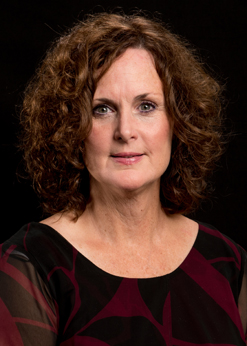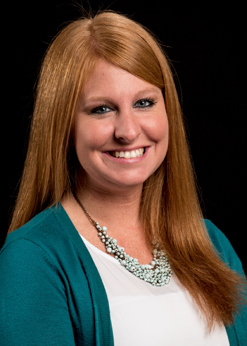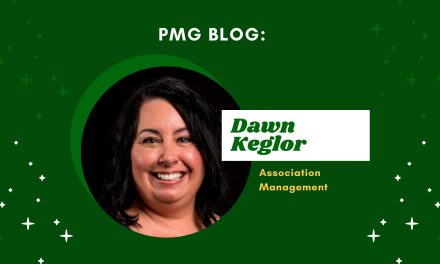By Erin Colladay and Erin Shaw, edited by Matt Karst and Chelsea McClain
Most associations want to attract younger members to help set the them up for career success and to ensure that the mission of the organization lives on into the future. Younger members often have different goals, modes of communication, and perceptions about their industry than older members, but one way to build a bridge between the two so they can benefit each other is through a mentorship program.
A professional mentor is someone with many years of work experience who helps a young professional with less experience develop their career path. It is a way for the young professional to get a jumpstart on their career, forge relationships with people in their industry, and navigate roadblocks and pitfalls with someone by their side who can help them with decision making. The younger members can help the older members learn to be relatable to the younger generation and facilitate the collaboration of ideas between the generations that will benefit their field of work.
Before we dive in too deep about what exactly a mentorship program is, there are some important facts to cover.
- 75% of executives credit their mentors with helping them reach their current positions
- Over 70% of today’s organizations offer a mentorship program
- 89% of millennials have indicated they want continuous, on-the-job training.
The general view, especially amongst millennials and younger, is that a mentorship program is desirable and can help a young person succeed. Statistically, mentorship programs are well supported by both mentors and mentees.
So, you know that a mentorship program will benefit your association. Now let’s look at what it takes to start one.
What is needed for a good mentorship program?
Your association already has a strong group of potential mentors. The role of the mentor and what they can provide is the most important part of the equation. Mentors provide guidance and stability, not just in day-to-day tasks but during larger events like annual meetings. A mentor needs to be a person capable of showing compassion and patience. Mentors have more power than anyone to shape the early days of a new member’s time.
The association needs to have a definite plan of how the mentor experience can be beneficial for both sides. Some of this comes in the matching process. It’s important that both the mentor and the mentee feel comfortable with the other and are able to totally buy into the program. If both parties, especially the mentee, buy into this program and approach it as a great tool for learning and growth, there is serious untapped potential in the goodness of the mentorship program. A mentorship that isn’t beneficial means someone, somewhere along the way didn’t pull their weight and thus time is wasted, and no progress is made. You can eliminate the chance of this happening by ensuring a trusted mentorship process is put in place, for a finite amount of time, empowering the mentor and the mentee to thrive.
Don’t forget about your marketing plan! Market your mentorship program to the entire membership and ask for volunteers. If there are certain people you now would benefit the program (either as a mentor or mentee), consider calling or emailing them personally.
Considerations and Action steps to get your association started:
With the right people and the right plan of attack, an association can have a functioning mentorship program in little time.
The first course of action to prepare a mentorship program is to determine the purpose and goal of the program. Are you hoping to increase engagement? Do you want to empower early career members to feel more confident? There needs to an end-goal for a mentorship program to really pay off. These goals should remain in the forefront of all the planning that goes into the program.
It is important to understand the reasons why members would want to join the program. From the planning standpoint, it’s important to understand the appeal that this program has not only with potential mentees but mentors as well. Young members will likely ask themselves “How can this be beneficial to me?” when making a decision. It’s crucial that those in charge of planning the mentorship program have solid answers to this question, and include those in the marketing of the program.
Another aspect to consider is how success will be measured in this program. What exactly are you hoping to see as a result of the mentorship program? This is one of the few aspects of planning the program that may require quantitative data. Understanding your association’s subjective KPI’s (key performance indicators) for the mentorship program is crucial in understanding what success looks like. In justifying the introduction of the program, the Board may want to see that there is a promising ROI. Having quantitative, hard data to present will warrant continuing the program.
After considering the goal and the metrics for success, start planning some of the details! How big do you want this program to be? What is a reasonable number of mentors and mentees to start? How long will the initial commitment last? How will mentors and mentees be matched?
After your planning stage, determine how the program will be marketed to the members. We recommend that you add a dedicated page to your website, develop an email campaign, and make regular posts on your social media. If you do not receive as many mentors as you need, consider making personal phone calls or emails to individuals you think would be good for the program. You can also ask existing mentors to give recommendation for mentors and mentees.
The mentorship program can be such a beneficial program for new and existing members of your association. It can help them feel welcomed and included, introduce them to commonly-known language and traditions within the association, and forge bonds between the new members and established members. All of these things will serve to empower new members and build the association. It’s a win-win for everyone.








